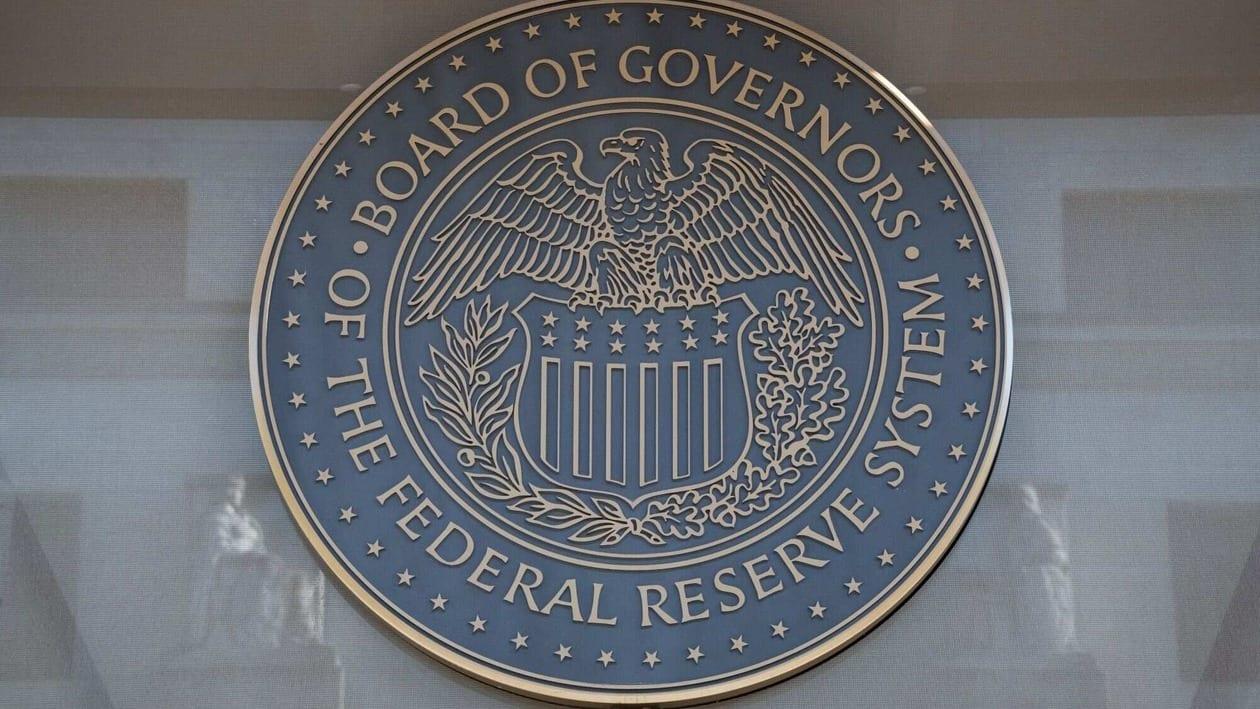(Bloomberg) -- Another jumbo interest-rate hike by the Federal Reserve this week may accelerate global funds’ exodus from emerging Asian stock markets that are already reeling from the impact of a stronger dollar.
Foreign investors withdrew from emerging Asian equities excluding China for a fourth straight week, pulling $423 million in the period through Sept. 16, according to the latest exchange data compiled by Bloomberg. The longest run of outflows since July has pushed regional currencies to historical lows, further dampening the outlook for stocks.
“The recession risks and severe monetary tightening in developed economies are hampering Asian earnings expectations and emerging market flows like never before,” Manishi Raychaudhuri, BNP Paribas SA’s head of Asia Pacific equity research, wrote in a Sept. 17 note. Until there is some visibility about the Fed’s policy path, “there seems to be no respite from outflows in Asian EM,” he wrote.
Even though emerging Asia’s foreign reserves and overall policy management have been better than during the taper tantrum of 2013, a supercharged dollar that’s forcing monetary tightening across the region has spared few markets from a rout.
Outflows this year have amounted to some $64 billion, already more than what was seen for the whole of 2021. Tech heavy markets of Taiwan and South Korea have been hit particularly hard, with their benchmarks among the worst performing in the world this year.
Traders are now watching for additional tightening signals down the road when the Fed announces its decision -- an expected 75-basis-point increase -- on Wednesday. The negative correlation between emerging market stocks and the dollar has become more pronounced of late, according to Bloomberg Intelligence.
Still, some differentiation has emerged with the region. While North Asia is seeing weakness, outflows from India have reversed and markets such as Indonesia are attracting inflows.
India’s Nifty 50 Index has gained more than 11% this quarter while gauges in Thailand and Indonesia are up about 4%. That’s in contrast to a 1% gain in Korea and declines in Taiwan.
Some investors are finding solace in defensive stocks. A gauge for utilities stocks is the top-performing sector in Asia this quarter, down 0.5% versus a 5.5% decline in the MSCI Asia Pacific Index.
“We have been marginally adding to defensives, mainly via telcos as there is a genuine growth story there after years of investment,” said Sat Duhra, a Singapore-based fund manager at Janus Henderson Investors, adding that he has been cutting back on consumer and tech exposures.
